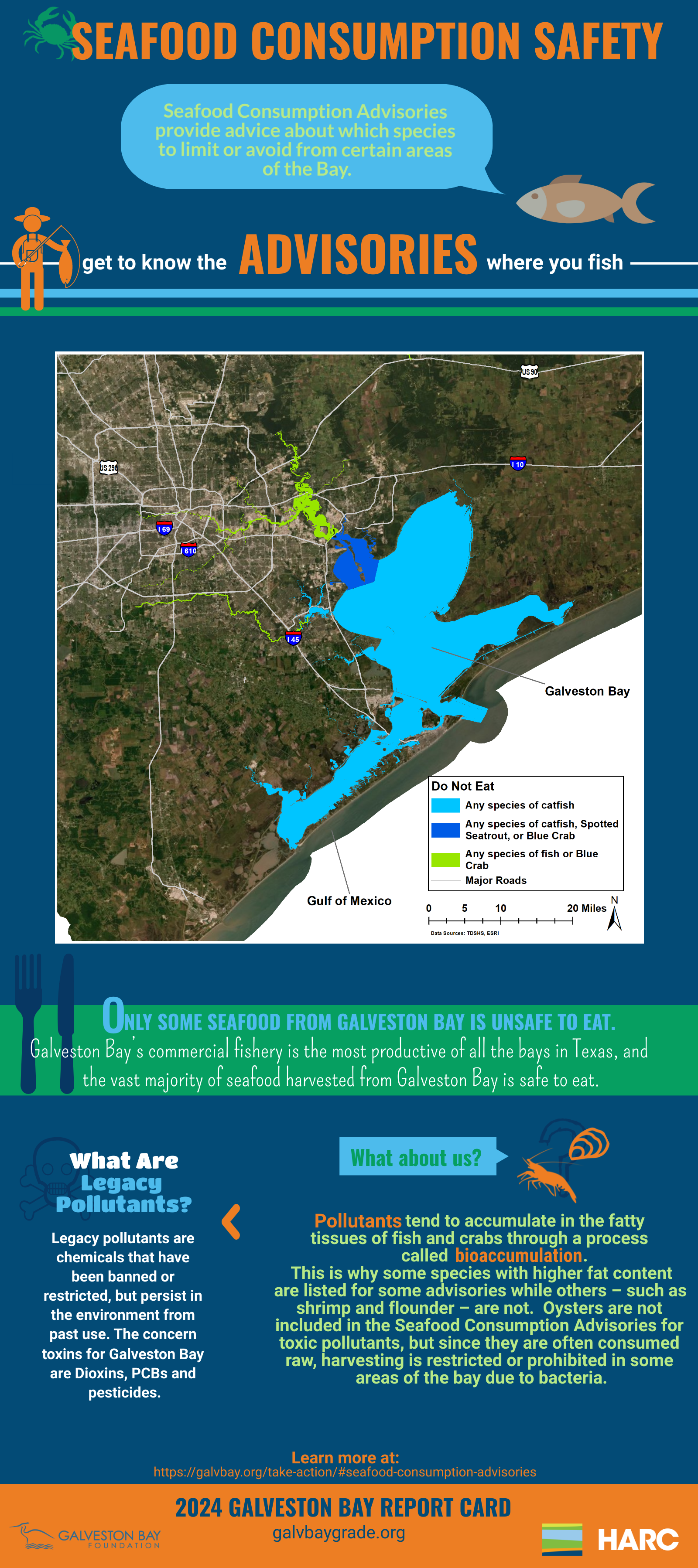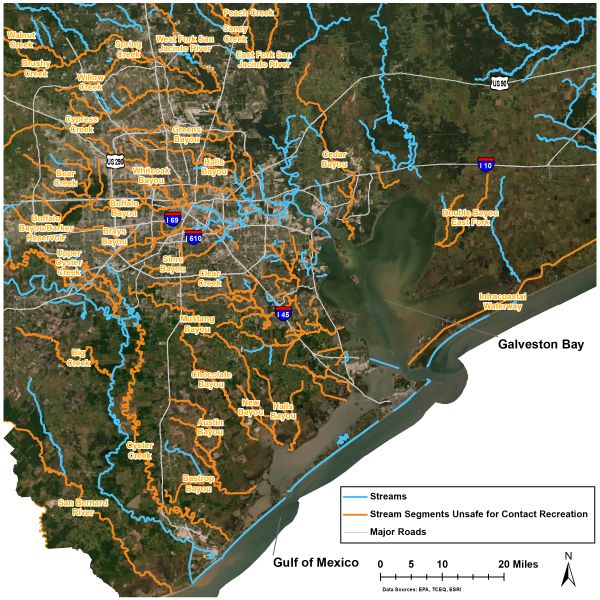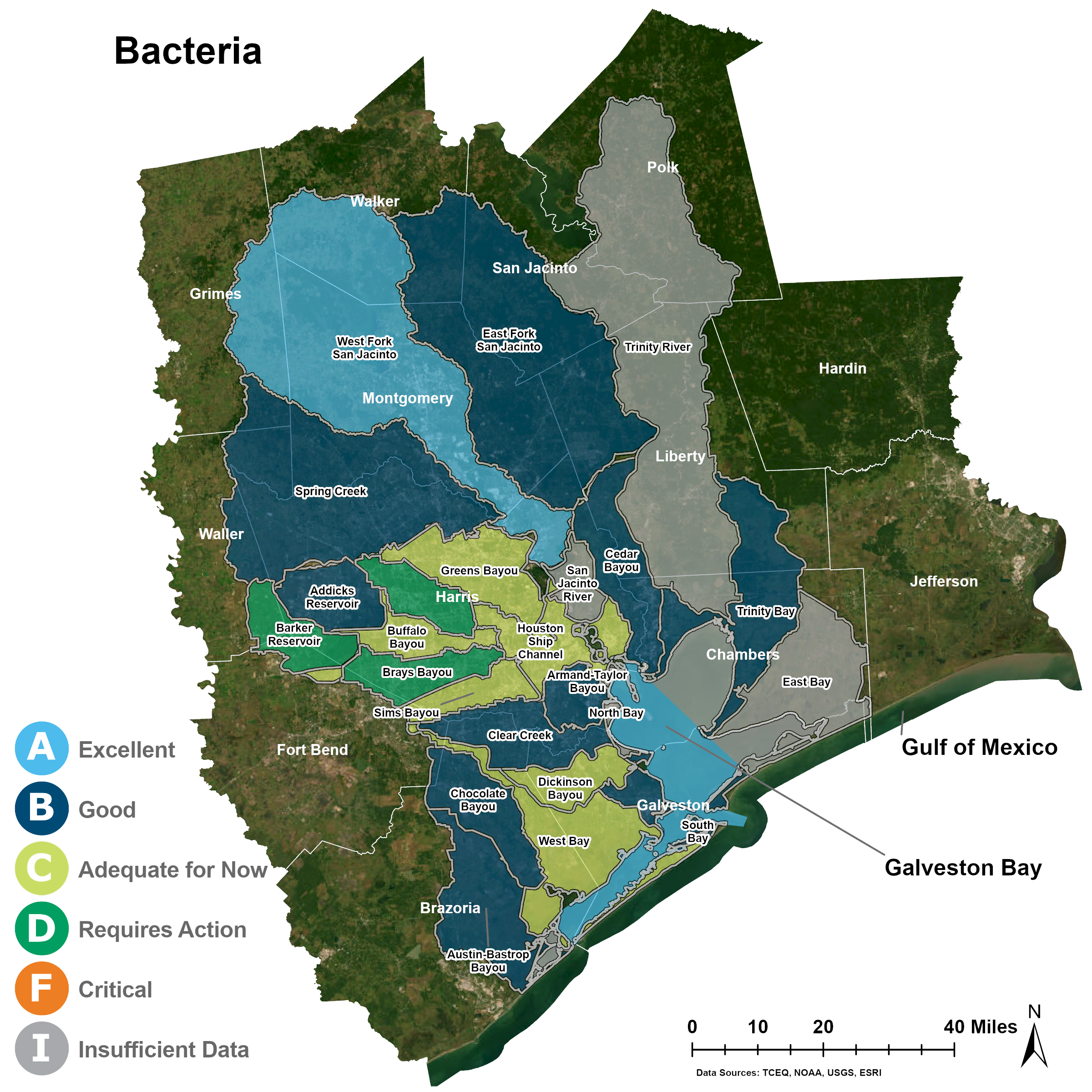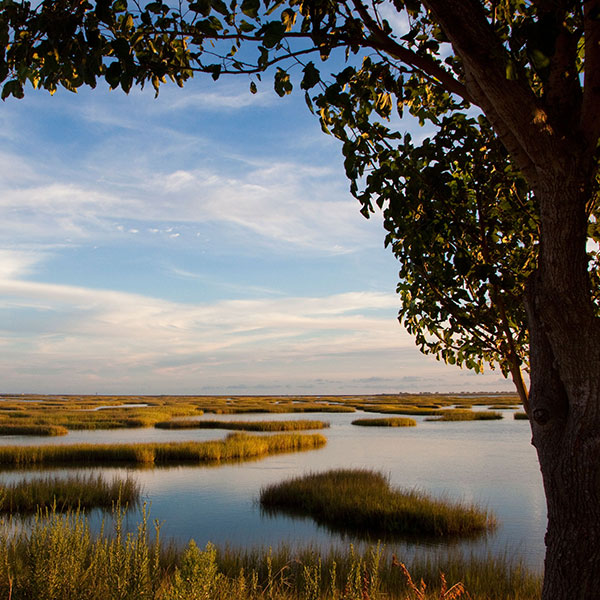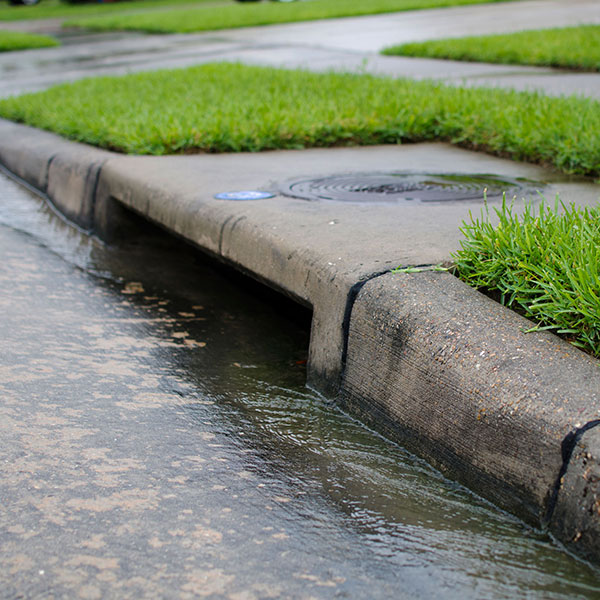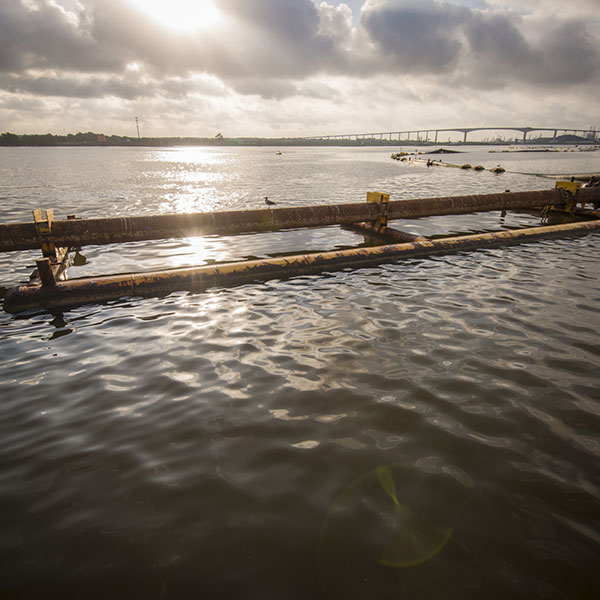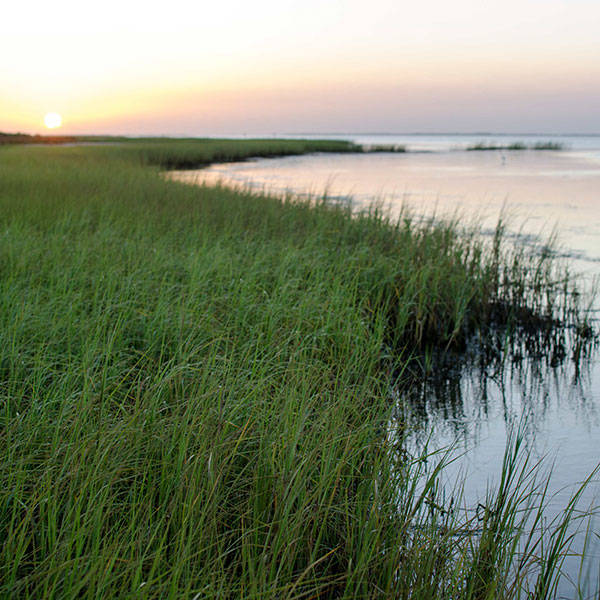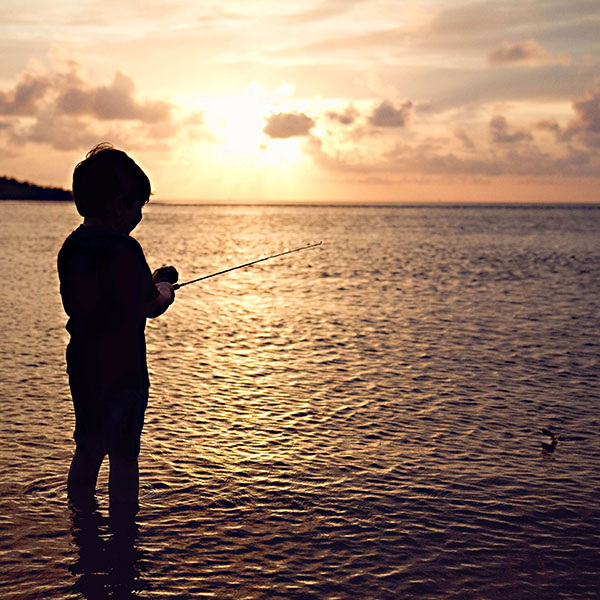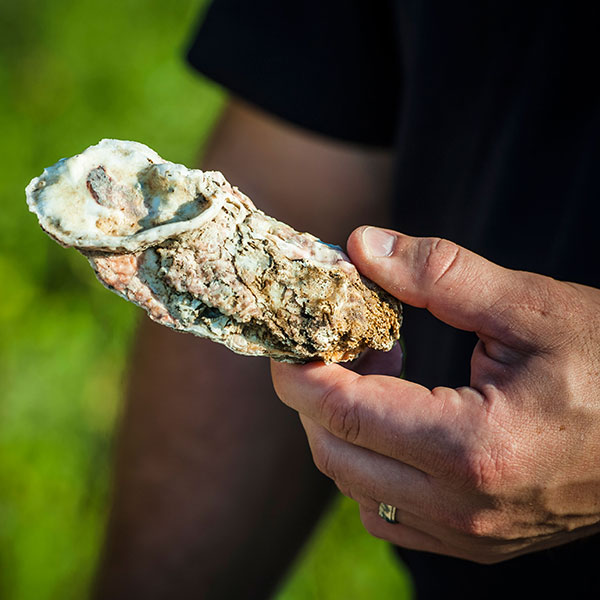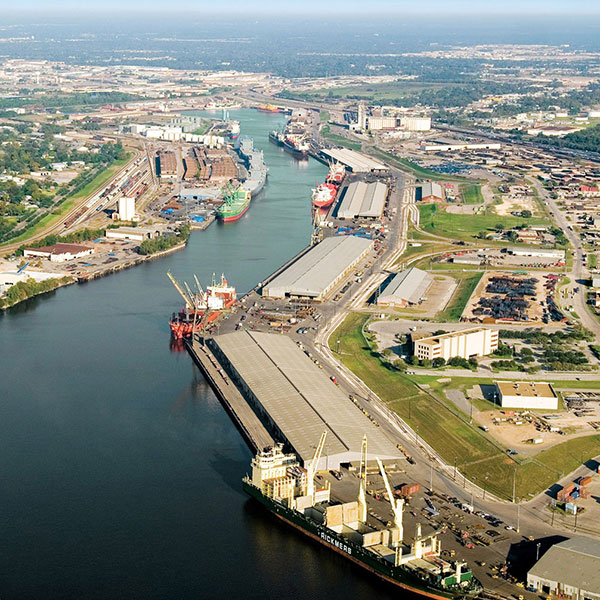Human Health Risks Summary
What We Can do
- Observe seafood advisories, especially if you are pregnant or under the age of 12.
- Boat cleanly. Sewage from boats is one of the primary sources of fecal bacteria in Galveston Bay.
- Do your part to keep sewage out of the Bay. Reduce the amount of fats, oils, and grease (FOG) you pour down your sink and maintain your septic tank.
Seafood Consumption
Galveston Bay’s commercial seafood fishery is the most productive of all the bays in Texas, contributing more than 40% of the Texas annual commercial harvest. While Seafood Consumption Advisories for fish captured in the Houston Ship Channel and Galveston Bay do exist in some areas, the vast majority of seafood harvested from the Bay is safe to eat. Toxic contaminants enter the Bay’s food web through biomagnification. Additionally, bacteria can be found in shellfish such as oysters, making raw or partially cooked shellfish a risk for people with compromised immune systems. As is the case in many estuaries around the US, seafood harvested commercially and recreationally from Galveston Bay can be enjoyed by many. It is important to learn about risk factors, especially for children, pregnant and nursing mothers, and people with existing health issues.
Seafood Consumption Update
As of 2019, the Texas Department of State Health Services updated the seafood consumption advisory for the Houston Ship Channel to state that no persons should consume any species of fish or blue crab caught in the Houston Ship Channel and all contiguous waters north of the Fred Hartman Bridge, State Highway 146 including the San Jacinto River below the Lake Houston Dam. The previous seafood consumption advisory for the Houston Ship Channel stated that no women of childbearing age or children younger than 12 should consume fish or blue crab from that area and adult men and women past childbearing age should limit consumption to 8oz per month. In addition, in 2022 the Texas Department of State Health Services issued a recall on oysters harvested in the southeastern part of Galveston Bay between November 17 and December 7, 2022. While this was not a wide-spread recall of oysters, it is worth noting the incident and did lower the seafood consumption safety grade from a C to a D.
What We Can do
Watch What You Eat
- Stay informed about and support cleanup efforts that protect the Bay and its bounty, such as the cleanup of the San Jacinto River Waste Pits.
- Learn how you can take part in the Galveston Bay Bacteria Reduction Plan
- Learn more about Seafood Consumption Advisories.
Galveston Bay Seafood Consumption Advisories
Rivers and Bayous Grade
Recreation
Many of our region’s bayous have little natural flow. That means the water you see in area bayous originates as rainfall runoff from the land or discharges from wastewater treatment plants. With the high number of people, livestock, and pets living in the area, and an aging sewage infrastructure, bacteria and viruses from humans and other warm-blooded animals can cause illness and infection in those who come into contact with impaired water.
In 2023, bacteria concentrations exceeded screening levels in 4 percent of samples collected from Galveston Bay, indicating that the risk of infection while swimming in the open waters of the Bay remained low, maintaining an A. The rivers, streams and bayous received a B this year. One watershed received an A, ten received B’s, six received C’s, and three, Barker Reservoir, Bray’s Bayou and White Oak Bayou, received D’s. In spite of overall grades, swimming in certain rivers, streams, and bayous upstream from Galveston Bay may be discouraged, as 40 percent of samples collected in these urban and suburban areas still exceeded screening levels in 2023. Check the map of High Swim Risk Watersheds below. To see if a swim advisory is in place, at recreational beaches such as Sylvan Beach Park, check the Beach Watch Program and Swim Guide.
What We Can do
Keep Galveston Bay Fun
- Pick up after your pets and properly dispose of pet waste in the trash.
- Volunteer for the Water Quality Monitoring Team.
- Check beach conditions before heading out to play in the Bay.
Galveston Bay Water Recreation Safety
Galveston Bay Rivers and Bayous
